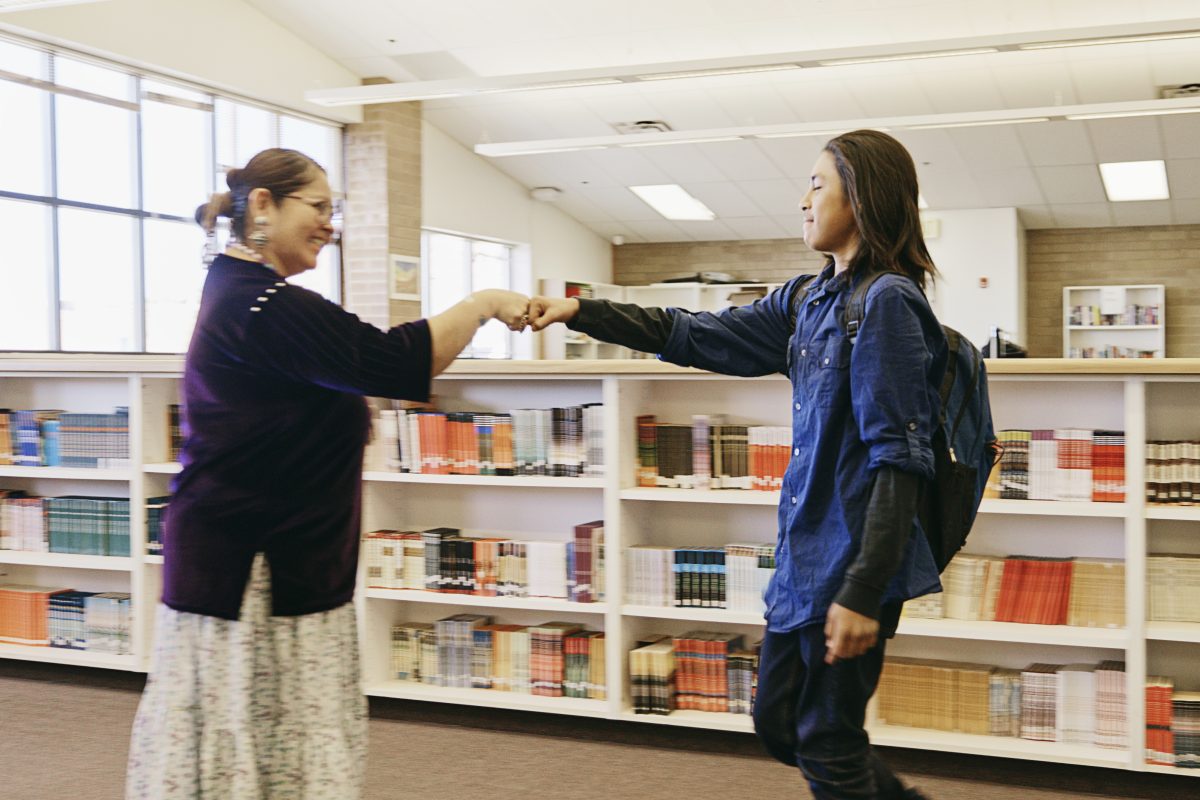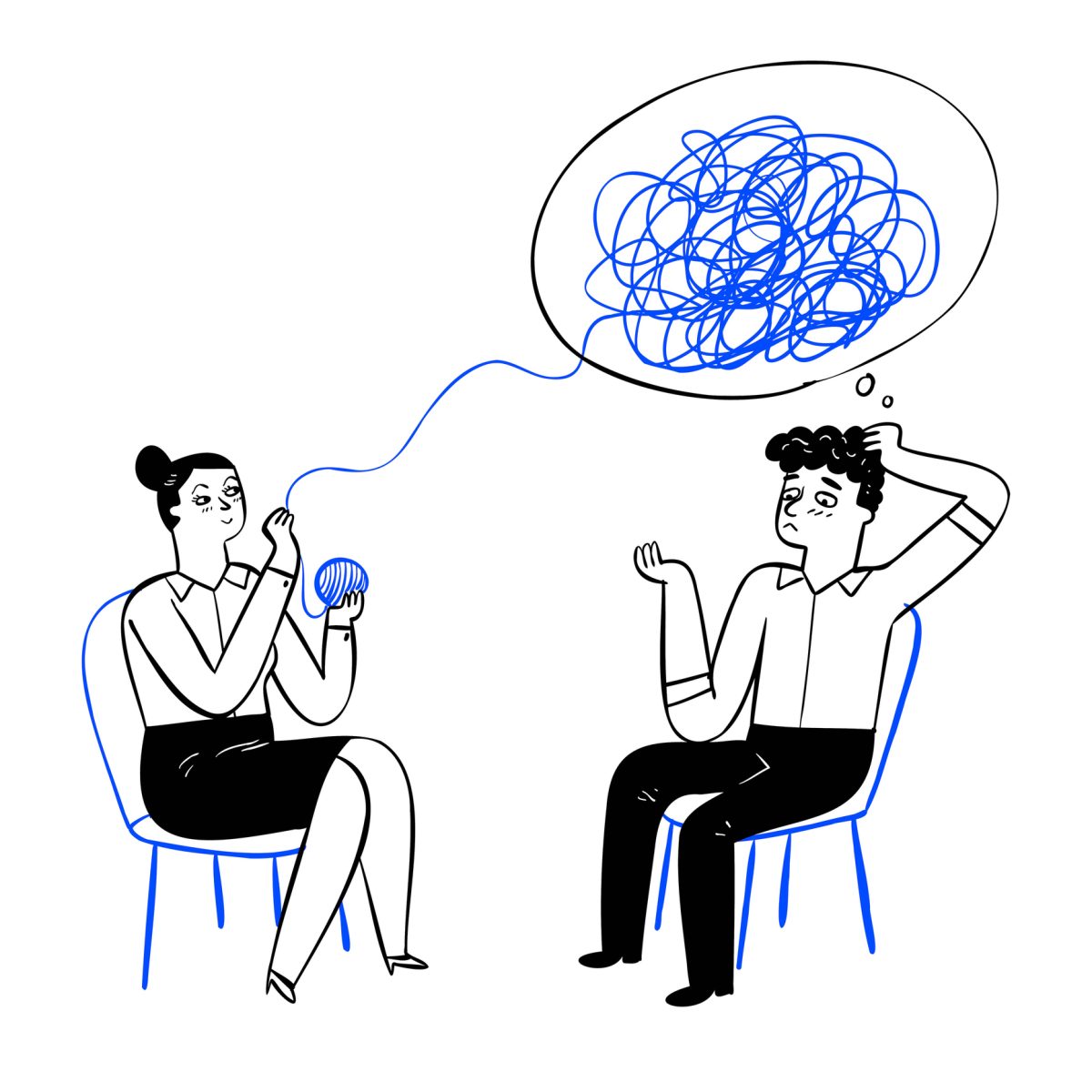Question: Does training staff in both de-escalation and physical intervention, as opposed to de-escalation alone, lead to an increase restraints (after staff are trained) within an organization?
Answer:
The idea that training staff in physical intervention will lead them to use it excessively stems from a misunderstanding of human nature and the role of empowerment.
This is really a discussion about whether the personal empowerment of staff is good or bad. In the same way that empowering students with tools for self-regulation, resilience, and positive coping skills enables them to handle difficult situations without resorting to aggression or defiance, training staff in physical intervention is not about promoting its use but about giving them confidence and preparedness to maintain safety when a truly unsafe situation arises.
Safety Comes First
It is only by creating a physically and emotionally safe environment that organizations and schools can offer their clients and students a foundation from which they can learn, heal or grow.
Without the tools to ensure safety, teachers and staff are left vulnerable to situations that may compromise the well-being of both themselves and their students or clients. By limiting a person’s ability to respond effectively in situations where safety is at risk, the very foundation of the organization’s or school’s mission is undermined.
From healthcare clients who may be ill, in pain or scared to students who are neurodiverse, from different cultural or socioeconomic backgrounds, or who have experienced trauma, feeling safe and trusting their environment can be a significant challenge. If staff are not provided with the tools they need to ensure safety, clients and students may lose trust in them, feeling that the staff cannot protect them from the physical or emotional harm that might arise from a situation. Furthermore, when staff feel disempowered and fearful, it affects their ability to remain calm and regulated. A fearful or dysregulated staff member will struggle or be unable to effectively support or set appropriate limits for a dysregulated student or client.
From our experience, based on training many thousands of organizations and schools over four decades, trained or not, staff do not want to engage in physical interventions at all. There is almost always a reluctance to become physically engaged, even when safety necessitates it.
What is typically experienced post physical intervention training is an improvement in Staff’s ability de-escalate a situation using “Support” and “Limit Setting” interventions. Clients and students test the emotional solidity of the people (i.e. staff) around them by attempting to activate a response. When staff are equipped with the tools to ensure their own safety and the safety of others, they are not driven by fear. As a result, they are now able to remain calm, coherent, and emotionally regulated. In fact, the number of restraints after training should decrease, not increase.
Handle With Care. Everyone Deserves To Be Safe.







